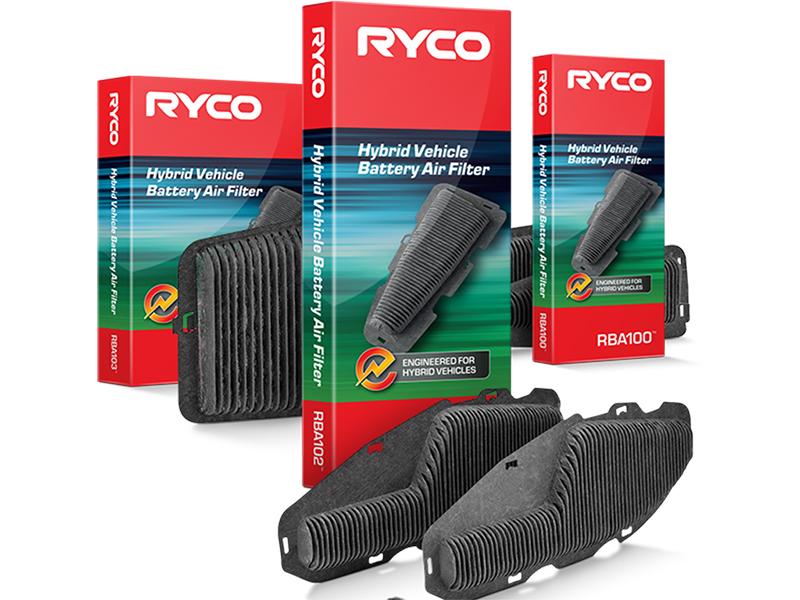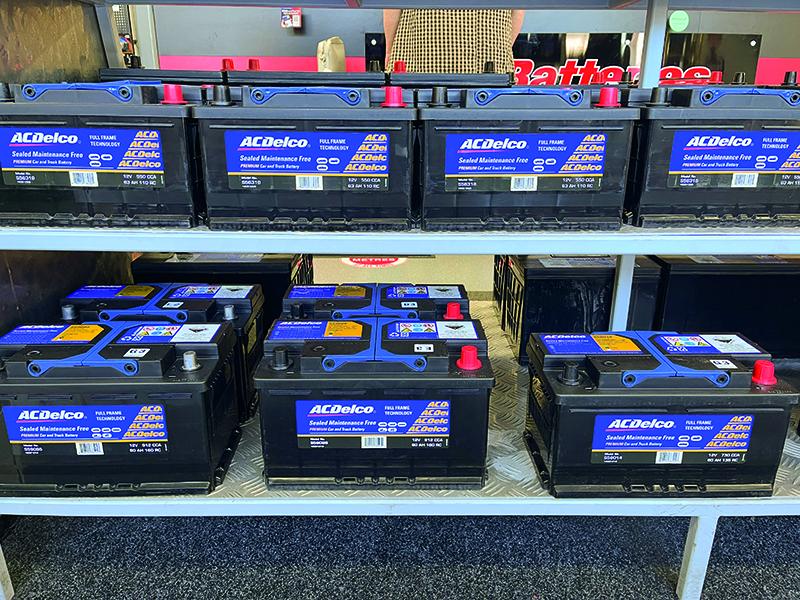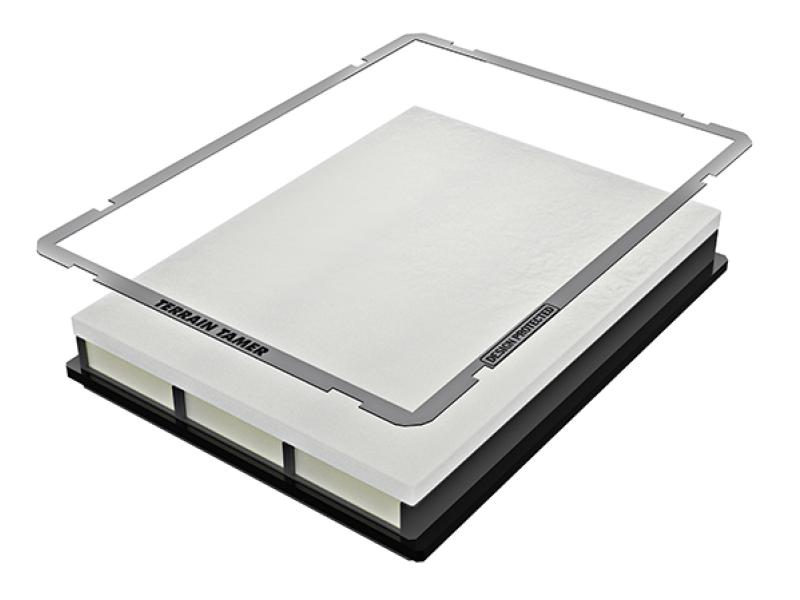Whilst the initial focus environmentally for brake pads and linings was on the asbestos content and the health harms from that, with the elimination of asbestos in brake linings, which occurred in New Zealand in 201,6 the focus has moved on to the environmental impacts of particulates from brake pads which contribute to pollution, especially of waterways. The primary concern is heavy metal particulates such as copper, mercury, lead and cadmium, normal driving will deposit these on the road surface – often as micro particles, which will subsequently run off into the soil and waterways.
These particles tend to accumulate in the ecosystem as they do not easily break down, brake pad particulates are the largest source of such pollutants in New Zealand waterways. From the water they can also enter fish and wildlife due to their micro size and subsequently humans if they eat the wildlife.
Various countries have “better brake laws’ in place to reduce and minimise these concerns. In the USA, a law of this kind was introduced in some states in 2010 and has mandatory progressive reductions – for instance most toxic heavy metals have a limit of 0.1 per cent by weight of the pad material. The next major target is copper. Copper is used in brake pads as it helps dissipate heat, but copper dust is toxic to marine life. Beginning in 2021 California and Washington States will limit copper content to 5 per cent and by 2025 it must be down to less than 0.5 per cent. (this contrasts with typical copper levels of up to 25 per cent).
Overseas there is a Leaf Mark label which has been introduced on brake pad packaging. This shows the level of heavy metals, and especially copper, in the brake pad. There are three levels – the best is ‘N’ which indicates less than 0.5 per cent copper. Most New Zealand suppliers can supply low copper or copper free pads within their range, The Bendix EV pads covered in this feature for instance are copper free.
Whilst these laws are not effective in New Zealand workshops could do their bit by suggesting clients use low copper or copper free brake pads, or even only offer these – the cost is only a little more and you can do your bit to help the environment.
Leaf Marks – the leaf has three leaves
One Black Leaf or “A” contains more than 5 per cent copper – required by 2014.
Two black Leaves or ”B” Between 0.5 per cent and 5 per cent copper – low-copper required by 2021.
Three black leaves or “N” copper below 0.5 per cent - no copper required by 2025.






